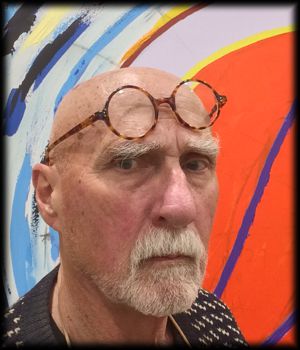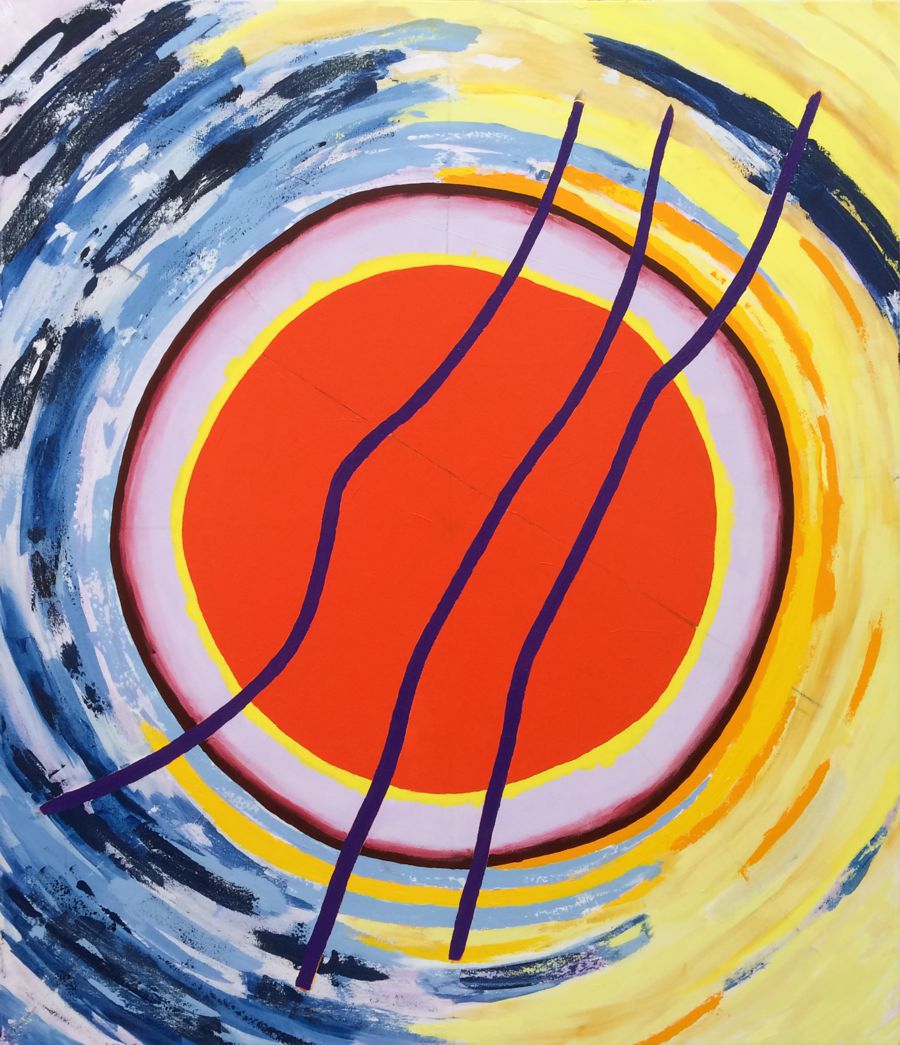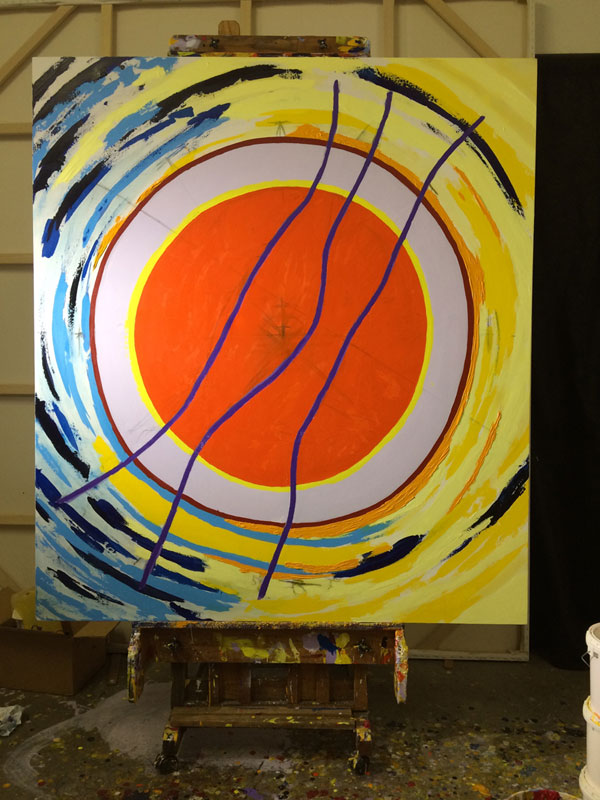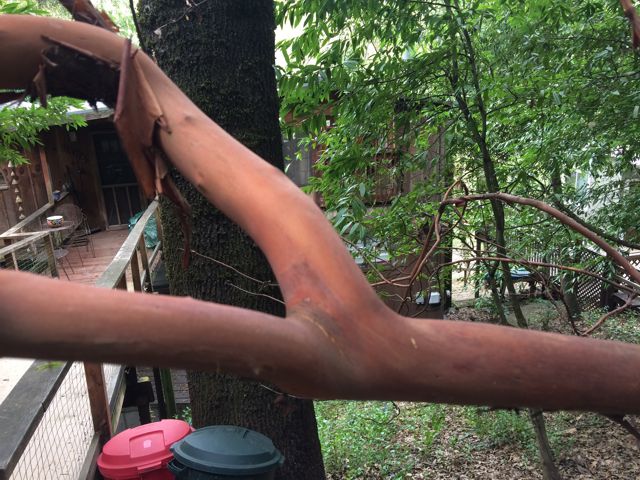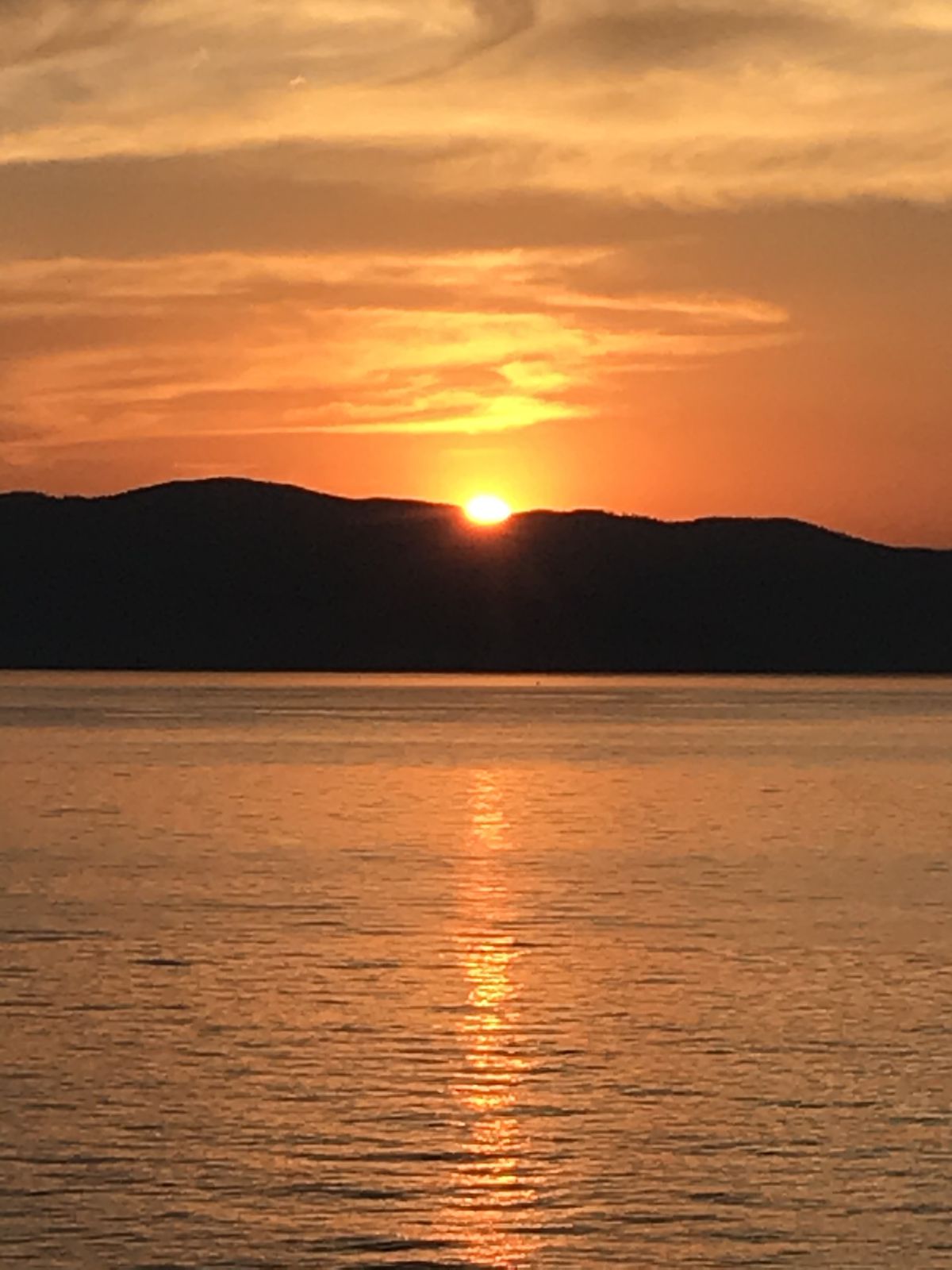I grew up, and still live, in California, with layovers in northern New Mexico, the Hudson Valley, and central New Jersey. I am most familiar with that part of the United States between the Pacific Ocean and the Great Divide.
12/12/2022, Edgewater
I have travelled in North America, in Europe, and in Asia, over a sufficient span of time to apprehend the rapid, dramatically accelerating, and dreadfully destructive, transformation of the earth during my lifetime
It is obvious to me that the cumulative and rapid acceleration ef urbanization and global warming are transforming our world in ways that are dreadful to contemplate.
place to work on RANT
Carl Sauer, Clarence Glacken, Paul Wheatley, their colleagues, and their students, wrote compellingly about the appreciation of nature (from a perspective in which scientific understanding and aesthetic apprehension of place are considered together), and the transformation of the natural environment by human agency. It is obvious and inevitable that human activity, which has accelerated exponentially since the beginning of the industrial revolution, is stamping out the earth’s beauty, compromising its capacity to support humanity — destroying the world as it is.
Taking it in all at once is overwhelming, and nearly unbearable. I struggle to understand and describe it. The deceitfulness and selfishness of the perps – there's no need to name them all – leaves me incredulous. Yes they are greedy, but how can they be so greedy that they willingly consign their descendants, people who will remember their names, to such a miserable fate?
Taking it in all at once is overwhelming, and nearly unbearable. I struggle to understand and describe the scope and devastation of the transformation. The deceitfulness and selfishness of the perps – there’s no need to name them all – leaves me incredulous. Yes they are greedy, but how can they be so greedy that they willingly consign humanity to such a miserable fate?
Art, from prehistoric cave paintings to the end of the Middle Ages has provided its audience with picturesof things are not true.
If it’s environmental collapse, it will be protracted and grindingly miserable. If it’s war games, it will be immediate, cataclysmic, and unimaginably awful — global warming, or nuclear effacement.
One of the themes of The Rise of the West is the author's thesis of a connection between the superiority of weapons technology, logistics, and military tactics that developed parallel to the cultural evolution of the West, thereby enabling the West to achieve global hegemony.
If it’s environmental collapse, it will be protracted and utterly miserable. If it’s war games, it will be immediate and acutely miserable. One or the other seems unavoidable – global warming or nuclear winter.
MISCELLANY STORAGE (begun 10/13/2020 - Mars opposition)
12/23/2020
Note from conversation between SQS, Michael Creal, and me. Michael asked how can the 40% who follow Trump believe his lies?Steven pointed out that religion is based on faith in unverifiable premises.
This prompted the thought that capacity for belief seems to me to be innately human. Moreover, recent snippets of news suggest that scientists claim to have ascertained that certain animals may have a sense of a supreme being. I have to check this out.
It may be that people respond to certain behaviors, the soothing voice and cadence of preaching and oratory (Arthur Godfrey, and Garner Ted Armstrong from the Worldwide Church of God on the radio in New Mexico. Music, preaching, calming voices, etc, all sooth people, some animals. ...
This seems to me to tie into the idea of the sensory experience -- You hear a soothing voice. As a three year old I heard Arthur Godfrey’s voice on the radio and it made me feel good --same with the voice of Garner Ted's voice, reinforced by a rousing hymn.
Notes for People Page
“Lene,” Arlene Washburn, Fourth grade teacher, family friend, friend and mentor. Lene, whom I had to call Miss Washburn when she was my fourth grade teacher, taught me to draw and paint, how to use water colors, how to learn. She also set an example for living, and dying.
Lene arranged for me to show my work to Madam Chouinard who encouraged me to apply to The Chouinard Art Institute MFA program. I was not able to do so, but her endorsement reinforced my belief in my talent.
link to youtube on Cezanne Mont sainte Victoire from Bibimus
https://www.youtube.com/watch?v=4dTmOec7Uq0
